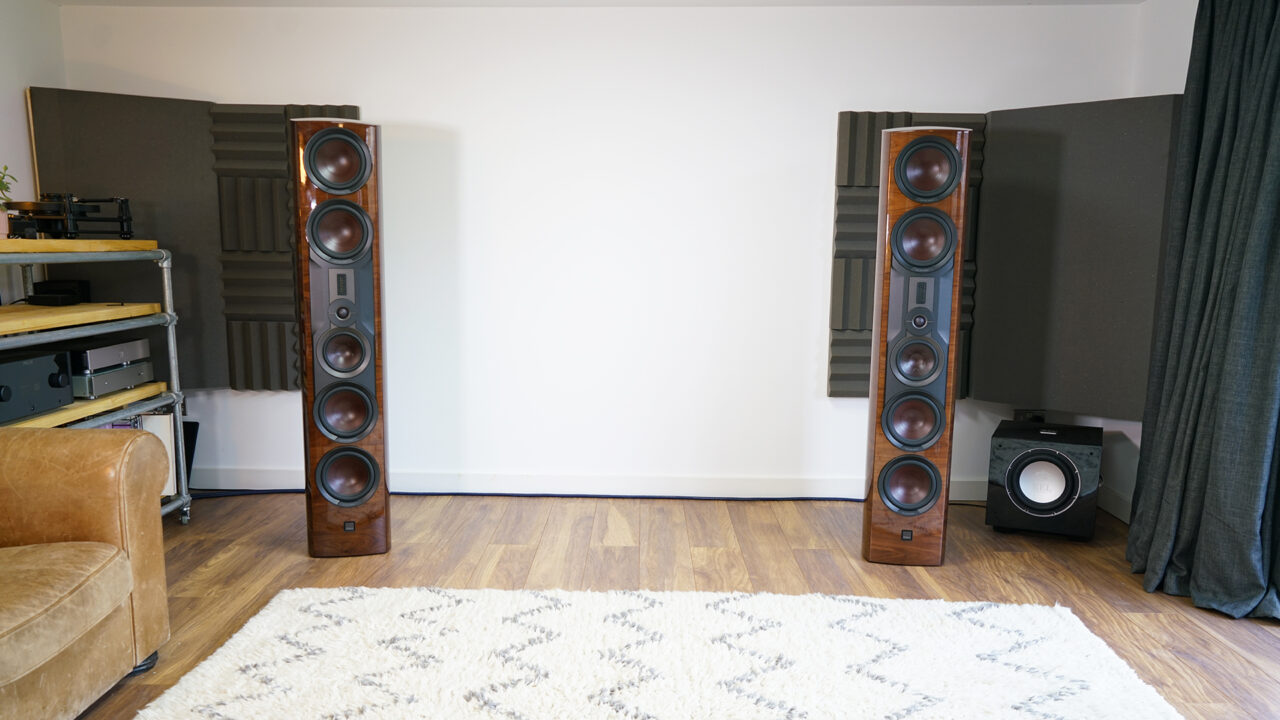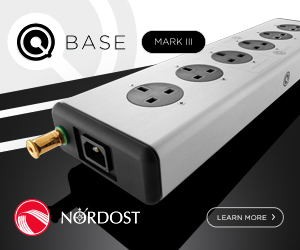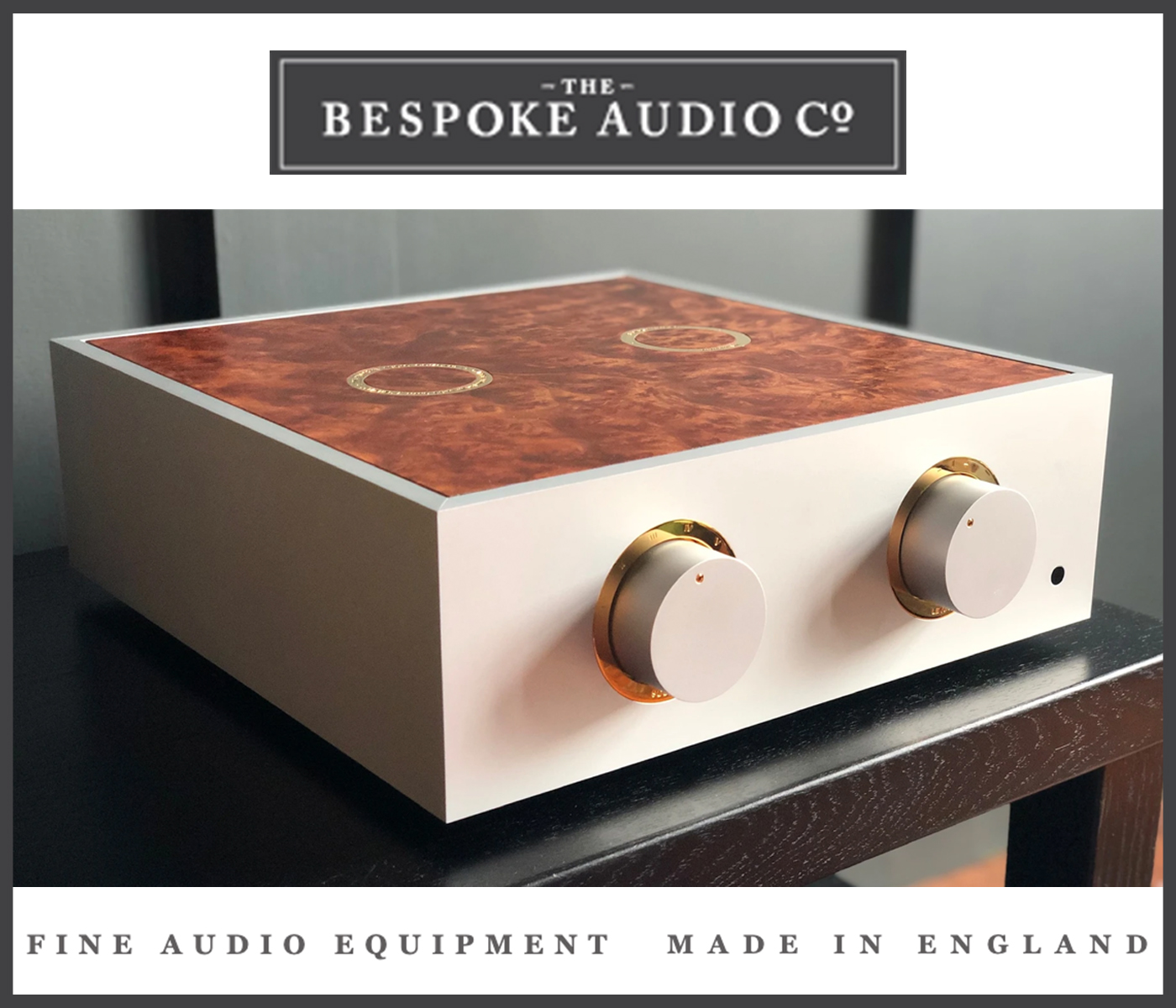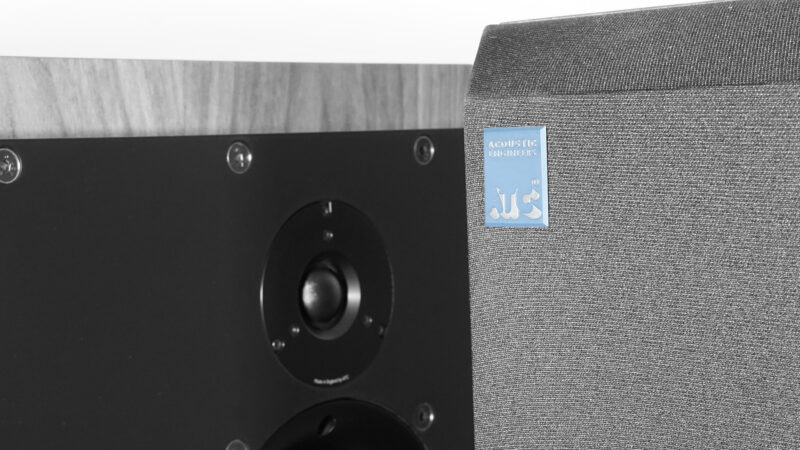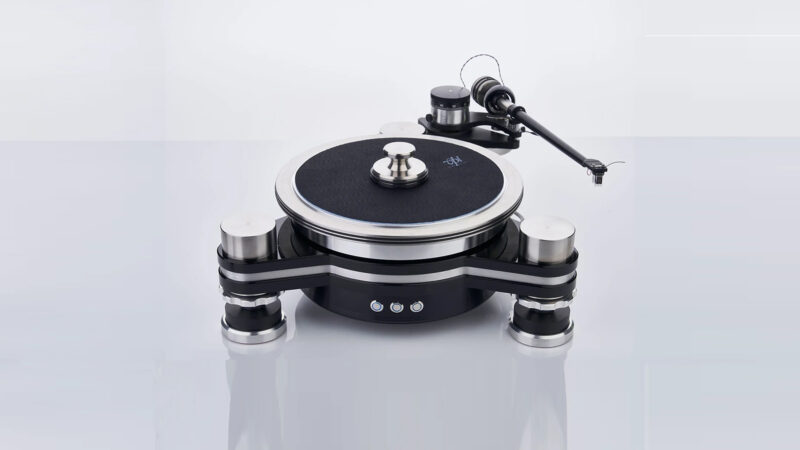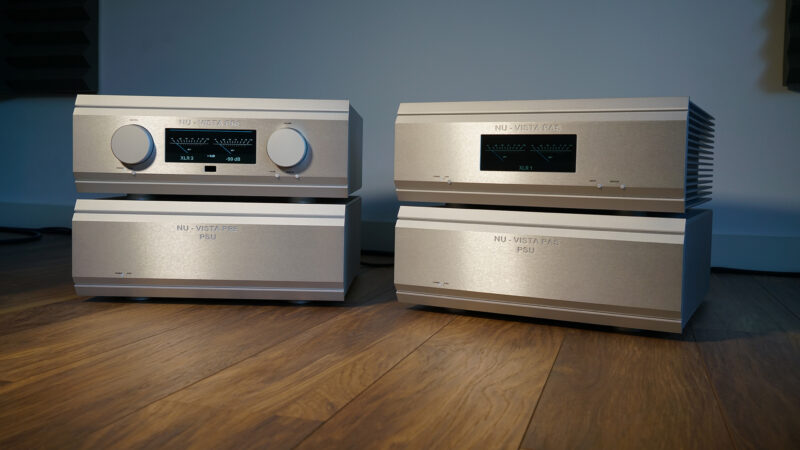The worst thing a flagship loudspeaker manufacturer can do is build a solid reputation for affordable speakers. Why? Because it puts them in danger of becoming so associated with great value products, when it flexes its muscles in the hi-end stakes they have more to prove.
An obvious comparison to his analogy is in the watch world with Seiko, which makes models for every budget. Ask anyone with only a passing interest in wrist candy and you’ll get the usual “I had a Seiko when I was twelve…they’re not that expensive” response, while those in the know understand that a Grand Seiko is an entirely different proposition, representing state of the art horology.

Epic in name and nature, this is one imposing loudspeaker that looks stunning
Dali very much fits this mould within the audio game, being a victim of its own success in some ways because of how good its entry to mid-level models are. And I’m speaking from first hand experience, having owned a few pairs, including a relatively unknown largish floorstander some years back called the Suite 2.8, that was the talk of the forums for costing south of a grand, while holding its own with speakers well north of that figure.
No limits
The reason Dali can build products that punch so highly is due to the scale of its operation. With a forty year history that’s established it outside of its Scandinavian roots into all corners of the globe, it has access to levels of R&D most can only dream of. This helps keep prices down and investment high. And where do you channel all that investment? By pushing boundaries with your no-compromise models.
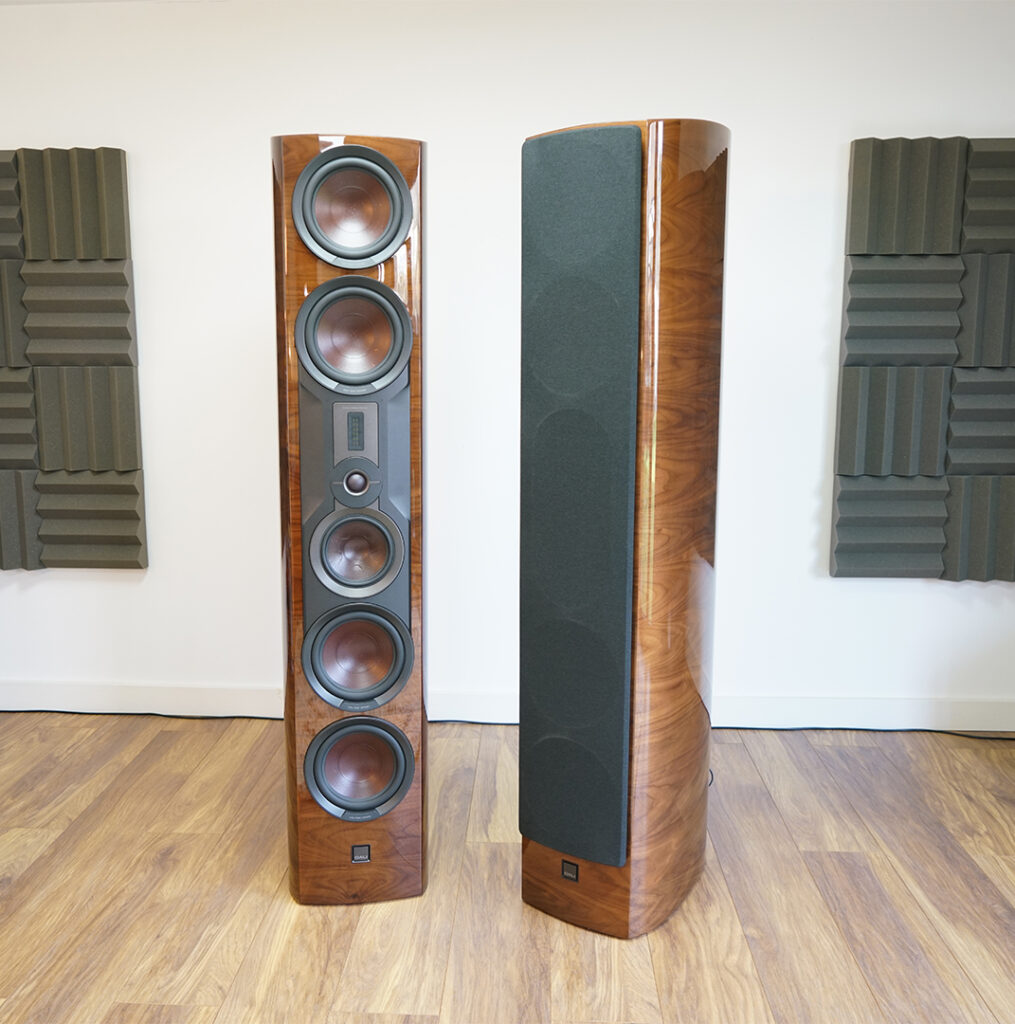
Full height magnetically attached covers are part of the package, in case you find staring at all those top flight drive units a bit intimidating
In many ways that’s what the Epikore 11 under review here represents. It’s Dali not just making a statement speaker, but making a statement of intent that pays homage to its four decade history.
The model name is also a clear nod to the Epicon range that sits below it, and its ultimate Kore flagship speaker above, costing a cool £85k. At a still substantial £40k, the Epikore costs less than half the price of the Kore while promising more than a healthy dose of its tech.
With seven drivers configured in a four and a half way design, these help to account for its 1.6m height, making it a massive speaker by modern standards. I’ve got adult relatives less tall (and less good looking for that matter). And combined with its 75kg weight, a bedroom speaker this is not, unless your bedroom is a converted barn or warehouse.
What’s the frequency?
Central to most of Dali’s speaker designs above its entry level models is its tried and tested hybrid tweeter arrangement, whereby a soft dome and ribbon join forces for high-frequency duties, with the latter covering the uppermost frequencies. And for the Epikore 11, it’s a full fat EVO-K variant at work.
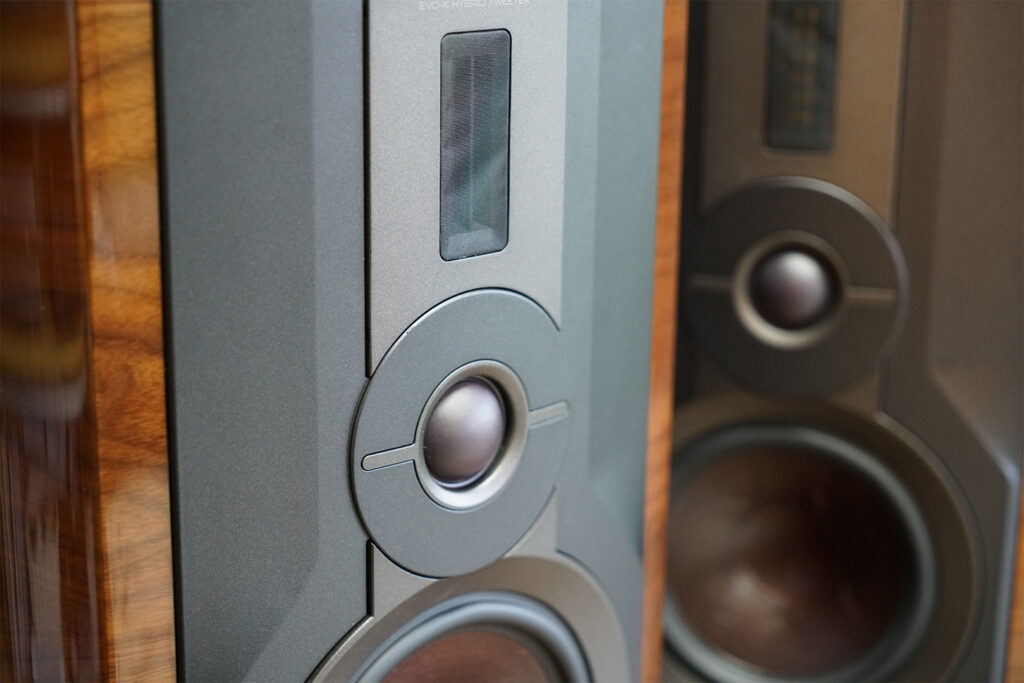
Dual tweeters combine a large dome and ribbon for the best of both approaches
This means a much larger than average 35mm silk dome tweeter for better midrange integration working from 3,100Hz up to 12.5kHz. And being this large also means Dali can do away with the ferrofluid, to ensure it retains its speed without the effect of unwanted damping (plus ferrofluid can dry out over time). Inside the cabinet, the dome’s rear is then supported by a cast aluminium bullet-shaped enclosure.
While the dome element is lifted from the Kore model, the 10 x 55mm planar ribbon that sits above it comes from the Epicon models, with a new rear-mounted aluminium heat sink and re-profiled waveguide. The ribbon itself is formed from a high grade mix of neodymium, iron and boron and kicks in from 12.5kHz, extending upwards to 34kHz.
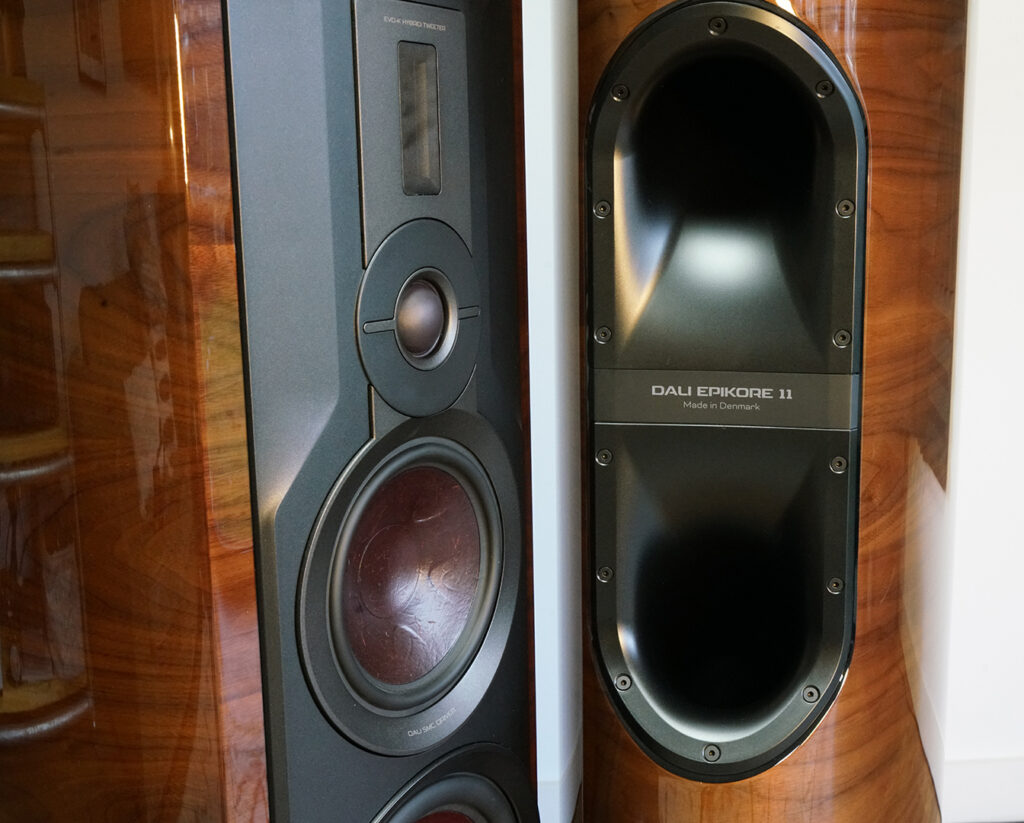
Dedicated midrange driver (left) with sculptured indentations for added strength. Twin rear bass ports (right) are fed separately from the upper and lower pairs of bass drivers
Both tweeters are joined within a die-cast aluminium front baffle by a dedicated 6.5″ midrange driver, that’s also inherited from the Kore model.
Formed from Dali’s trademark ox-blood coloured wood-fibre material with inverted dust cap, look closely and you’ll see five geometric indentations on its surface, for extra stiffness and damping. And the finessing doesn’t stop here, thanks to a titanium voice coil and magnet system pole-piece plus inner top-plate formed from Dali’s own SMC (Soft Magnetic Compound) Gen-2 that claims high magnetic permeability and low electrical conductivity for reduced distortion.
This material is also present within its four 8″ bass drivers, arranged in pairs top and bottom in a D’Appolito configuration. These sit within their own 64L enclosures, tuned down to 24Hz via twin flared reflex ports. While these bass drivers look identical to those in the Epicon 8 model, they sport improved baskets and rubber surrounds plus strategically positioned conductive aluminium and copper shorting rings, for reduced modulation and better control.
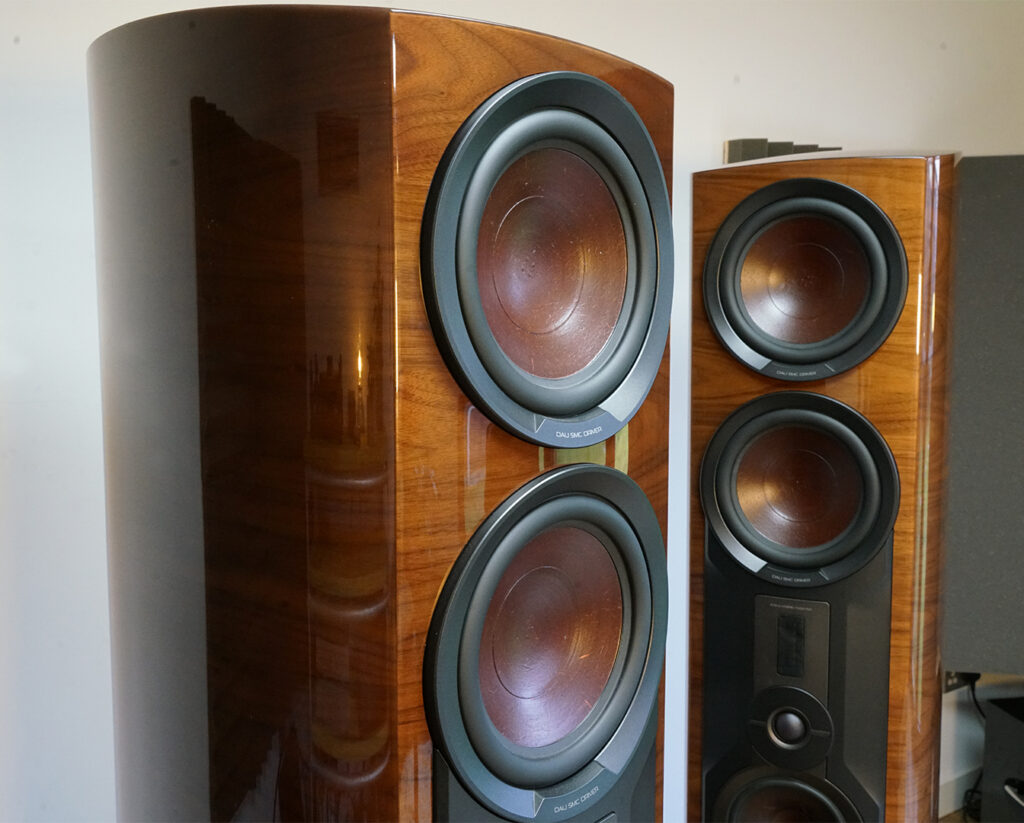
Twin upper bass drivers are tuned for optimal room integration
Dali’s also done its homework in how these pairs will behave differently based on room reflections relative to their height, with the lower drivers being much more susceptible to floor reflections. Wise to this, Dali employs what it calls Floor Reflection Control (FRC), placing each pair on separate crossover taps so that the upper bass drivers roll off at 170Hz, well as the lower pair continue up to 370Hz where the midrange driver takes over (hence the ‘half-way’). This has the audio effect of shifting the acoustic centre of the upper pair backwards, for better time alignment.
Of course housing all these drivers requires a cabinet up to the task, hence why the Epikore 11 is made from MDF with a 40mm think front baffle with bitumen damped internal bracing that also forms separate chambers for its bass, midrange and high-frequency units, to minimise internal reflections and standing waves.

Multi-way loudspeaker terminals are some of the biggest and best in the business, with jumper cables included
The whole unit resides on a die-cast aluminium base plate that also supports the crossover, with holes for supplied outriggers and adjustable spikes. And while we found the speaker is eminently stable (and a little shorter) without them, these are not an afterthought thanks to their heavy duty design and magnetically attached cups for the spike tips, to prevent unwanted floor marking.
Given their size this isn’t a speaker you’ll ignore at a glance. Thankfully their rich lacquered finish makes them very easy on the eye, setting them out as a luxury loudspeaker, as opposed to merely a big floorstander that’s been beefed up.
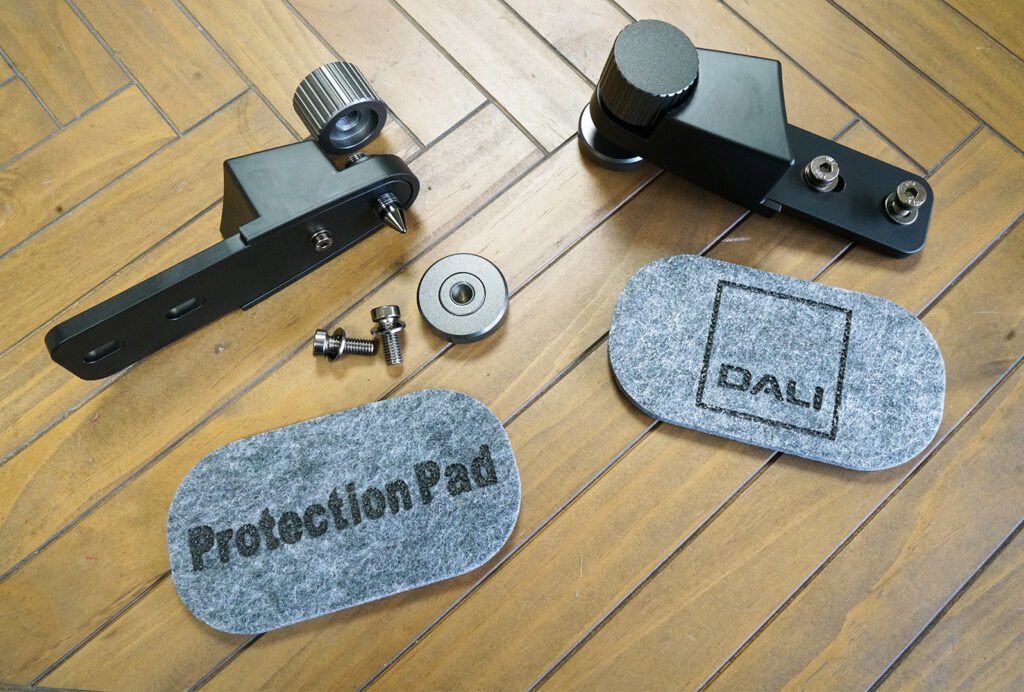
Outriggers at the ready, the felt pads are a handy inclusion to ensure your precious floor is kept pristine when installing
Performance
With a product this large and well finished, you’ll need a dude or two to lift them out and position them, but they’re relatively easier to manoeuvre – more so perhaps than the much wider 20kg lighter ATCs that gave us a workout last month – thanks to the Dalis’ more slender profiles.
Dali recommends between 35-120cm of rear space for the Epikore 11 and while we wouldn’t argue with this, they’re more forgiving than most when up close against a rear wall, which is a welcome result given the lack of bass port bungs. Dali also recommends placing them facing dead ahead with no toe-in as part of its wide dispersion philosophy, hence that’s how we kicked off serious listening in our 6.8 x 4.8m listening room.
Amplification is courtesy of a Michi X5 integrated with partnering Primare electronics and turntables from VPI (its stunning Avenger Direct and Scout 21) alongside an SME 20/2.
Idol listening
From the moment the first notes flowed forth from the Epikores it’s clear that this is a speaker that’s exceptionally easy on the ear as well as eye. Initially I had them pegged as relaxed sounding in my notes, but prolonged listening reveals this is something of a misnomer. Because it’s not that they’ve been voiced to be laid back, instead it’s about transparency, even delivery and a lack of any perceivable distortion that makes the Epikore one of the least fatiguing speakers I’ve experienced for some years.
Dial in some hard edged ’80s classics like Billy Idol’s Eyes Without A Face via Qobuz at 24-bit/96kHz and the Dalis sweep aside all of the clinical compression that defines it as a song of its era, by unpacking the track onto an accessible audio platter and allowing you to experience everything in the mix without it feeling forced upon you.
Given their size, I was expecting the music to be delivered on an equally grand scale and saying I wasn’t disappointed is an understatement. Because if my usual loudspeakers are the equivalent of an average gig at your local live venue, then the Epikores are Wembley Stadium at full capacity.
Few speakers have filled my listening room with such ease, and more importantly, with such grace. Of course their sheer audio scale is to be expected, but it’s the way the music is presented across all volume levels (including low) in such a coherent way across the frequency band that makes the music they deliver so easy to get lost in for hours on end, without realising the time.
Instrument separation is also on a scale that’s beyond most, thanks to the massive stage they conjure that gives each musician the space to flaunt their talents in equal measures. On the Billy Idol track for example, it begins with the electronic percussion that extends from meters behind the speaker’s rear plane and is then hammered home midway through the sonng when the lead guitar riff rips into to the mix without having to elbow its way to the fore.
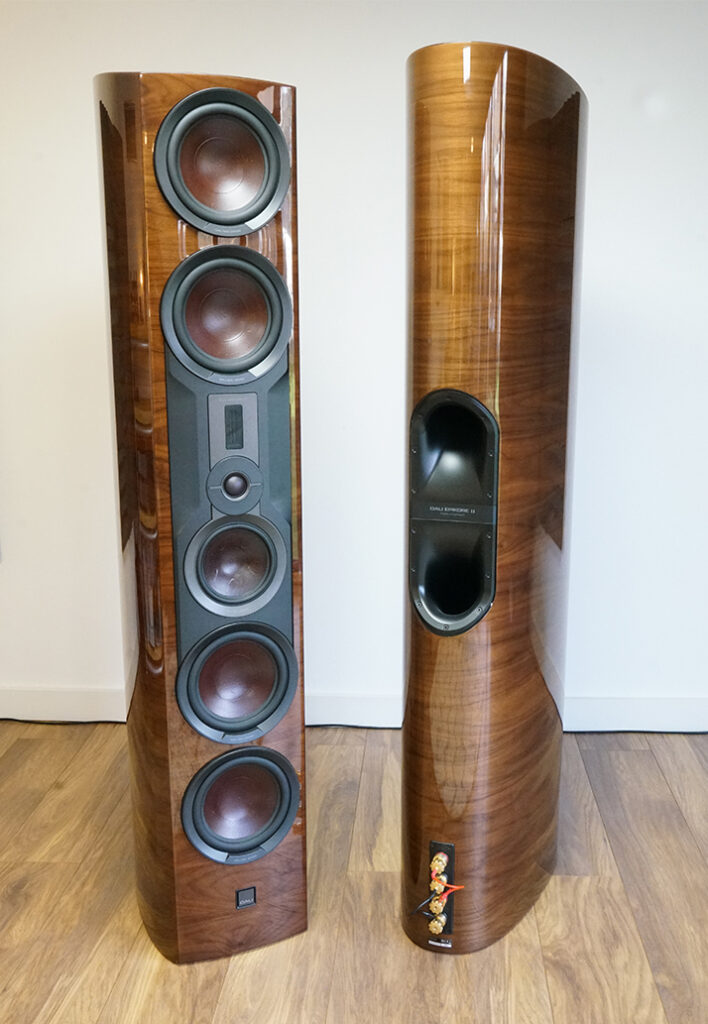
Available in high-gloss walnut (pictured(, black and maroon finishes, the Epikore 11 is no shrinking violet
Toe to toe
Realism is also an area these speakers excel in, and with the Michi being more transparent and detailed than most amps in its class, the two products combine with results that demonstrate the magic of when system matching goes right. Hearing Sandy Denny draw breath on Percy’s Song from Fairport Convention’s Unhalfbricking LP or R.E.M.’s guitar licks from Green‘s I Remember California and its clear why Dali favours its dual hybrid tweeter approach, and how in the Epikore 11 it’s been executed superbly, for combined smoothness and clarity.
Experimenting with just a hint of toe in also brings interesting results as you’ll get a slightly more direct sound which isn’t as pronounced as many speakers, but the trade off is a narrower soundstage with a sense of less air at the extremes. After A-B testing over a few days with both approaches I returned to firing straight ahead with a little less space between them for optimal results (around 2.5m as opposed to 2.8m toed in, and 80cm from a rear wall).
With 89dB sensitivity and 4 ohm impedance, on paper the Dalis don’t seem overly demanding for most amps, and while many loudspeakers at this price point can leave lesser amps trembling with intimidation at the thought of having their flaws laid bare, these speakers are more forgiving than many of their rivals.
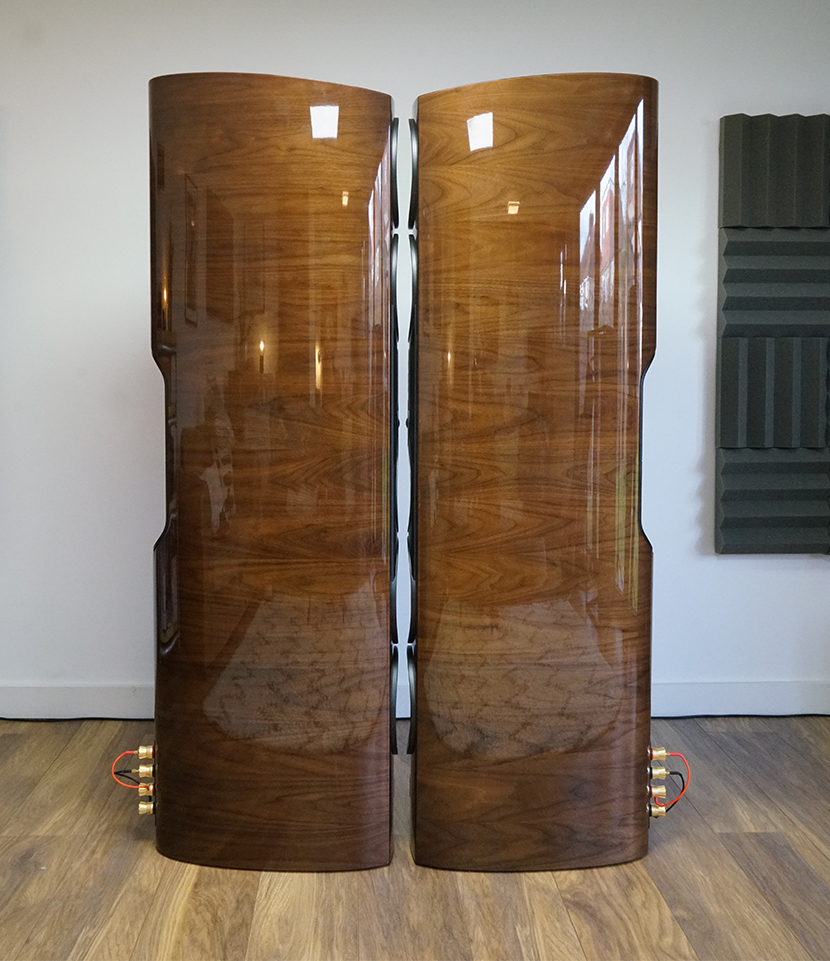
554mm deep cabinets have expertly curved sides and sloping top to minimise internal standing waves
Swapping out the Michi for a Musical Fidelity M6 pre/power combo proves this, by playing more to their strengths than their weaknesses. While these amps are less transparent and open sounding than the Michi, the warmth and grip they bring to the lower frequencies is pure MF, and this is exactly what the Dalis focus on, letting you hear more of the amplifier’s intentions and less of themselves. Bob Marley’s Guiltiness at 24-bit/96kHz is delivered with levels of grip and dynamics in the bass regions that will challenge all but the best active subs on the market, and the Dalis bass to midrange integration is exceptional for a ‘traditional’ multi driver loudspeaker.
In summary
With a product that’s this accomplished, it makes you wonder how much more Dali can actually push its art with its flagship Kore, given what it has achieved in the Epikore 11. They’re an exceptionally open sounding loudspeaker with an accessible sound that draws the listener in, in a way few others can.
At £40k, clearly this is an un-compromising speaker that’s aimed at the few, but what it also demonstrates is Dali’s chops in the hi-end game, an in this regard it gets top marks. Forty years in the making? They’re worth the wait.


